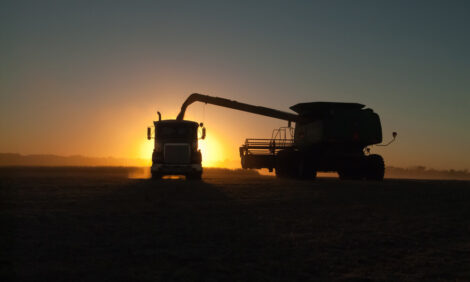



2011 - Poor Year for Spanish Agriculture
SPAIN - 2011 was a year with more pain than glory for the Spanish livestock sector. Cuts in state aid, falls in agricultural income and increases in debt all led to the majority of livestock producers making a loss, says the Spanish Federation of Livestock Producers.An immediate reaction to this was the drop in the number of farms.
One of the consequences of this, was an increase in unemployment. In Spain more than 700,000 people live directly off livestock production.
The group says that another serious issue is the decline in breeding herds, and pedigree breeding herds.
A dramatic rise in production costs pushed agricultural incomes down by 3.4 per cent in 2011. Fertiliser prices rose by 20 per cent, energy by 17.7 per cent, feed by 15.5 per cent and diesel by 7.3 per cent.
For farmers the main concern has been the rise in the cost of raw materials for animal feed. Concentrates for beef have risen by 18.4 per cent between September 2009 and September 2011.
On top of this, the Federation of Livestock Producers says that the government has done little to support the agricultural sector.
The proposals for the reform of the Common Agricultural Policy will seriously hurt Spanish farmers.
Beef: Margins in the beef sector have reduced dramatically, which means the sector remains in a delicate situation. An increase in meat exports and live animals has helped to balance this slightly.
Dairy: In 2011 dairy prices improved. The dairy sector welcomes the EU milk package announced at the end of 2011, which encourages milk contracts. Spanish producers have been active in campaigning for fair milk prices.
Pigs: Increased costs and problems in the supply chain marked this as a poor year for pig producers. High grain and soy prices cut into farm profitability, as feed accounts for 70 per cent of production costs.
Many farms incurred capital costs, adapting for the EU regulation banning sow stalls, which will come into play in 2013.
Poultry: High prices have benefited poultry producers and offset some of the high input costs. However new welfare implications, with the introduction of the ban on battery cages for laying hens has caused some uncertainty in the industry.








